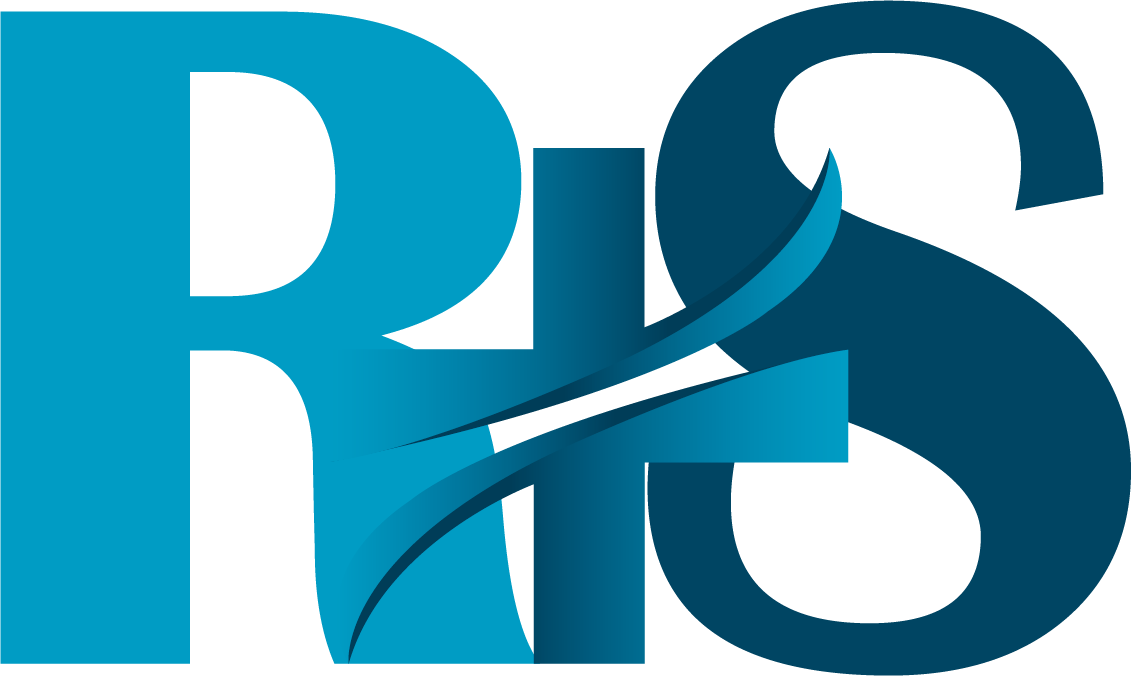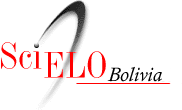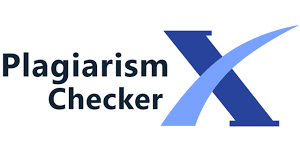Non-modifiable anatomical reference location based on the facial artery in odontogenic submandibular infections
DOI:
https://doi.org/10.52428/20756208.v17i43.370Keywords:
artery, infections, locationAbstract
Objective: The objective of this study was to establish the anatomical situation of the facial artery in the mandibular basal to determine a permanent anatomical reference of clinical location of this blood vessel in submandibular odontogenic infections.Material and methods: Data collection was performed on Human Anatomy and Neuroanatomy students. The mandibular angle and facial artery pulsation were located bilaterally by digital palpation at the level of the mandibular basal border. Head position was determined with the Frankfurt plane. The location point of the vessel was projected vertically and cephalad on the skin covering the zygomatic arch and a new reference point was analyzed.Results: The facial artery at the basal border of the mandible is located 3.1 to 4 centimeters anterior to the angle of said bone and the vertical cephalic projection of the artery intersects with the middle third of the zygomatic arch, between 3.1 to 4 centimeters posterior. to the outer edge of the orbital rim.Discussion: The literature refers to the site of the drainage incision for odontogenic infections in the submandibular region, after locating the angle and basal border of the mandible; however, such pathology usually clinically erases these anatomical landmarks.Conclusion: Localization of the facial artery using this anatomical landmark, which is not easily modified by infectious pathologies, could provide an effective method for submandibular surgical approaches.
Downloads
References
- Ellis E, Zide M. Abordajes quirúrgicos del Macizo Facial. Segunda Edición. Venezuela: Editorial AMOLCA; 2008. https://axon.es/ficha/libros/9789588328201/abordajes-quirurgicos-del-macizo-facial
- Kademani D, Tiwana P. Cirugía Oral y Maxilofacial. 1º edición. Venezuela: editorial AMOLCA; 2017. https://amolca.com.bo/atlas-de-cirugia-oral-y-maxilofacial
- Zambrano Ch, Jefferson J. Trabajo de grado para optar el título de Especialista en Cirugía Bucomaxilofacial: Manejo intrahospitalario de infecciones odontógenas que comprometen los espacios aponeuróticos submandibulares. Ecuador; 2019. http://repositorio.ug.edu.ec/bitstream/redug/44295/1/CHANGOTASIGjonathan.pdf
- López J. Cirugía Oral Y maxilofacial: Atlas de procedimientos y técnicas quirúrgicas. 1° edición. España: Editorial Médica Panamericana; 2018. https://www.medicapanamericana.com/co/libro/cirugia-oral-y-maxilofacial-incluye-version-digital
- Elías K. Trabajo de grado para optar el título de Especialista en Cirugía Bucomaxilofacial: “Angina de Ludwig como consecuencia odontogénica transferida al servicio de Cirugía Maxilofacial del Hospital de Clínicas Universitario La Paz para su tratamiento”. Bolivia; 2016.
- Quispe C. Trabajo de grado para optar el título de Especialista en Cirugía Bucomaxilofacial: “Frecuencia de la celulitis de origen odontogénico en la Unidad de Cirugía Maxilofacial del Hospital de Clínicas Universitario La Paz durante el periodo 2013”. Bolivia; 2014.
- Mayta M. Trabajo de grado para optar el título de Especialista en Cirugía Bucomaxilofacial: “Sinergismo antibiótico efectivo contra las infecciones cervicofaciales odontogénicas atendidas en la Unidad de Cirugía Bucomaxilofacial del Hospital de Clínicas Universitario La Paz en la gestión 2010”. Bolivia; 2011.
- Hupp J, Ferneini E. Infecciones Orofaciales, de Cabeza y Cuello: Un abordaje interdisciplinario. 1° edición. España: Editorial ELSEVIER; 2017. https://www.edicionesjournal.com/E-book/9788491131991/Infecciones+orofaciales++de+cabeza+y+cuello
- Sapp P. Patología Oral y Maxilofacial. 2º edición. Madrid: Editorial Elsevier; 2004. https://www.casadellibro.com/libro-patologia-oral-y-maxilofacial-contemporanea-2-ed/9788481747898/993079
- Hupp J, Ellis E, Tucker M. Cirugía oral y maxilofacial. 6º edición. España: Editorial Elsevier; 2014. https://www.academia.edu/40283477/CIRUG%C3%8DA_ORAL_Y_MAXILOFACIAL_CONTEMPOR%C3%81NEA
- Contreras E, Theriot G, García A, Hernandez J. Estructuras anatómicas de riesgo en el abordaje submandibular. Revista Mexicana de Estomatología (revista de internet). 2017 (acceso 02 de julio de 2019); 4(2). https://www.remexesto.com/index.php/remexesto/article/view/149/272
- Gregoret J. Ortodoncia y Cirugía Ortognática. 2º edición. Venezuela: Editorial AMOLCA; 2014. https://amolca.com.bo/libro/ortodoncia-y-cirugia-ortognatica-2-edicion
- Rouviere H, Delmas A. Anatomía Humana. 11º edición. España: editorial masson; 1987. https://www.academia.edu/31851761/Anatomia_ROUVIERE_TOMO1_PDF
- Alves N, Candido C. Anatomía aplicada a la Odontología. 1º edición. Colombia: Editorial Santos; 2009. https://www.etp.com.py/libro/anatom%C3%ADa-aplicada-a-la-odontolog%C3%ADa-68370.html
- Figun M, Gariño R. Anatomía Odontológica. 3º edición. Chile: editorial El Ateneo; 2009. https://www.academia.edu/27929563/Figun_Anatom%C3%ADa_Odontologica_Funcional_y_Aplicada

Published
How to Cite
Issue
Section
License
Copyright (c) 2022 Heber Gonzalo Quelca Choque, Milton Portugal Alvestegui, Max Duncan Yujra Condori, Carla Chuquimia Condori

This work is licensed under a Creative Commons Attribution 4.0 International License.
Authors who publish with this journal agree to the following terms:
- Authors retain copyright and grant the journal right of first publication with the work simultaneously licensed under a Creative Commons Attribution License 4.0 that allows others to share the work with an acknowledgement of the work's authorship and initial publication in this journal.
- Authors are able to enter into separate, additional contractual arrangements for the non-exclusive distribution of the journal's published version of the work (e.g., post it to an institutional repository or publish it in a book), with an acknowledgement of its initial publication in this journal.
- Authors are permitted and encouraged to post their work online (e.g., in institutional repositories or on their website) prior to and during the submission process, as it can lead to productive exchanges, as well as earlier and greater citation of published work.






















